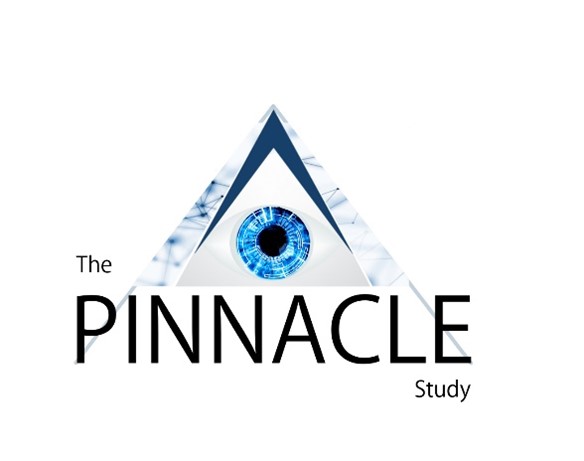Professor Andrew Lotery's Clinical Eye Research
Professor Lotery is currently leading a UK multi-centre clinical trial evaluating photodynamic laser treatment for central serous chorioretinopathy funded by the NIHR and an international research project funded by the Wellcome Trust evaluating machine learning as a tool to better understand age related macular degeneration (AMD). In addition he is participating in a number of clinical trials at different stages evaluating novel treatments for AMD and inherited retinal diseases. Current laboratory work includes developing cell models of AMD and assessing the value of gene therapy in AMD. He collaborates widely and often with his Southampton Vision Science colleagues Drs Ratnajaka and Lakowski.

PINNACLE Trial (2019 - 2025) Deciphering AMD by Deep Phenotyping and Machine Learning- Prospective Study - PINNACLE
Age-related Macular degeneration (AMD) is a very common cause of blindness. Unfortunately, doctors don’t know who will progress to the sight threatening stage of the disease. Some patients progress slowly or not at all and others quickly. We can teach computers to analyse high resolution images of the inside of the eye. We have access to hundreds of thousands of such images from patients with AMD and patients who don’t have AMD. These images allow us to train computers to identify what eye changes appear in patients with AMD. Once the computers have learnt this, we expect they will identify new changes we haven’t thought of. Using this approach we think we will be able to better predict which patients will progress. This should help us develop better treatments and enter the most appropriate patients into clinical trials. It should allow us to better understand why AMD develops too.
Sponsors: University of Southampton, Institute of Molecular and Clinical Ophthalmology Basel, Medical University of Vienna
Funders: Wellcome Trust
Publications associated with the Study:
Protocol and statistical analysis plan
Adaptive optics: principles and applications in ophthalmology.

Clinical efficacy and mechanistic evaluation of Eplerenone for central serous chorio-retinopathy – the VICI randomised trial
Central serous chorio-retinopathy (CSR) is a poorly understood eye disease. It affects the eye tissue which senses light (the retina). In CSR fluid spontaneously gathers under the retina. This can lead to permanent vision loss in about 1/3 of cases. Some cases spontaneously resolve but some persist for years, recur or affect the second eye. Each year there are 10 new cases per 100,000 men and 2 cases per 100,000 women in the population. The cause is unknown although it can occur in families and some genetic changes have been found. There are no proven treatments. Recently a few patients have responded to treatment with a drug called eplerenone. This drug removes the subretinal fluid and improves vision. However, information on the long term benefit and safety of this drug is lacking. To address this we will perform the first randomised, double-masked, placebo-controlled clinical trial of eplerenone in CSR to find out whether it is better than placebo treatment. We hope this will establish the first scientifically proven therapy for CSR. We will also study the basic disease process. We will determine what genetic variations are commoner in CSR patients. This should identify biological pathways which could be targeted to develop new drug therapys for the disease. We will model the disease in the laboratory. By taking patient skin samples we can create the type of cell that grows under the retina. This cell layer, called the retinal pigment epithelium (RPE), is thought to be faulty in CSR. By studying it we can find out what is different in the RPE of affected patients. We can also use these cells to study possible drug therapies. We can assess drugs more quickly this way than would be possible in a clinical trial and so should identify promising new treatments faster.
VICI study explained please see video
Sponsor: University Hospital Southampton NHS Foundation Trust
Funders: NIHR
Publications associated with the study:
Protocol Paper | Results Paper | NIHR Report
Real world outcomes of photodynamic therapy for chronic central serous chorioretinopathy.
Current perspectives on the use of eplerenone for chronic central serous chorioretinopathy'
Can we classify central serous chorioretinopathy better? Yes we can.
